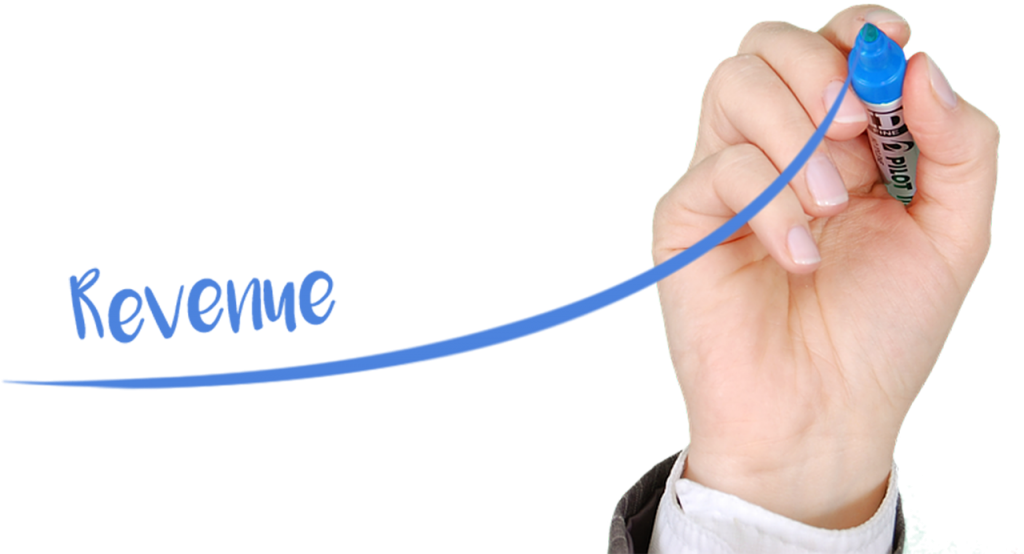Break-Even Point Part 2: Analysis
In the first part of our break-even point article duet we explained how to calculate your break-even point and the different ways, monetarily and through guest count, in which this data can be expressed and understood. Your break-even point is often used as a forecasting figure, and this is where it is very beneficial to your business. Here we discuss using your break-even calculations to look backwards and forwards in order to assess and improve your business’s financial analysis.
Potential Profitability of Upgrades
Let’s say you’re thinking about having some new insulation and smart thermostats installed in your venue. You have the amount of money that you’re going to save on hand, but is it worth it? If you use these numbers to calculate your new break-even point you’ll find out how much quicker you’ll be reaching your breakeven point, and, therefore, how much more profit you’ll be making, as well as how quickly your new building upgrade will pay itself off and actually begin saving you money. This can be done with all sorts of upgrades which affect your fixed costs and allows you to keenly assess the benefits of the investment you’re considering.
Using Guest Count for Break-Even Analysis
Calculating your break-even point for guest count rather than dollar amount puts the information into a tangible quantity that you can see and aim for. It is also something which you can tally up in real-time as the period of business you’re analysing progresses.
Guest count break-even analysis can help you view the best way to increase your profitability. If, lets say, your guest count is already very high, you’re business is very busy but you’re just not getting to your break-even point in a comfortable amount of time, you’re going to want to increase your check average, either by training upselling into your employees sales tactics or by increasing select menu prices.
Conversely, what if the guest count figure coming out of your break-even analysis doesn’t seem to be a plausible target for your business? Maybe increasing prices is a good idea however you may feel that you want to decrease your costs passing on that cost to your guest. Playing with your variable costs can allow you to see how much you will want to try and save in order to bring your break-even point to a level you find reachable, without passing that cost onto your guest.
Using Monetary Amount for Break-Even Analysis
Using the monetary break-even analysis of your business is probably the most common use of these formulas. They tell you a lot about your business and it the figures especially helps when planning your business and are shopping for loans and business partners. However, when your business is up and running looking at your monetary break-even analysis it can really open up how you can save more money and increase your profitability.
Go back and look at your formulas for months, weeks or other periods past. Play with the value of your variable costs and see how adjusting this figure increase and decreases the overall profitability of your location. If, say, you can knock 5% off your variable costs then how much money can it save your, or conversely, how much more quickly can you reach your break-even point and begin making a profit; and then how much more will you make?

Your break-even point is an excellent statistic for you to use to analyse the financial health of your business throughout the year. It is also an awesome tool for working out how a huge variety of changes: labor increases, building upgrades, price raises, raw material costs, adding more seats to your venue, and more; will affect your business’s financial health. The benefits of knowing and playing around with your break-even point can not be understated, and doing so can bring up eyeopening ideas that you may not have considered before you really saw how it would affect and improve your numbers.



